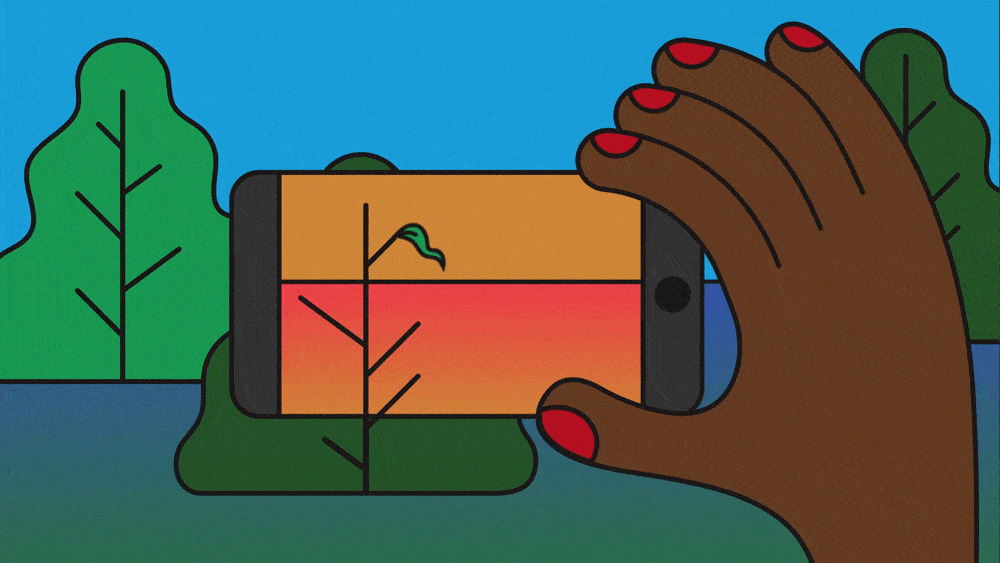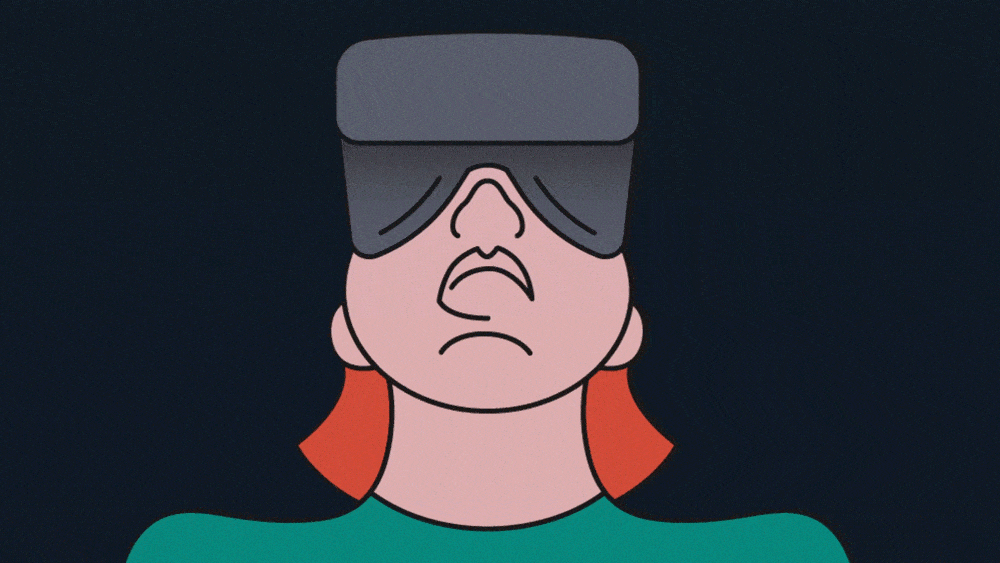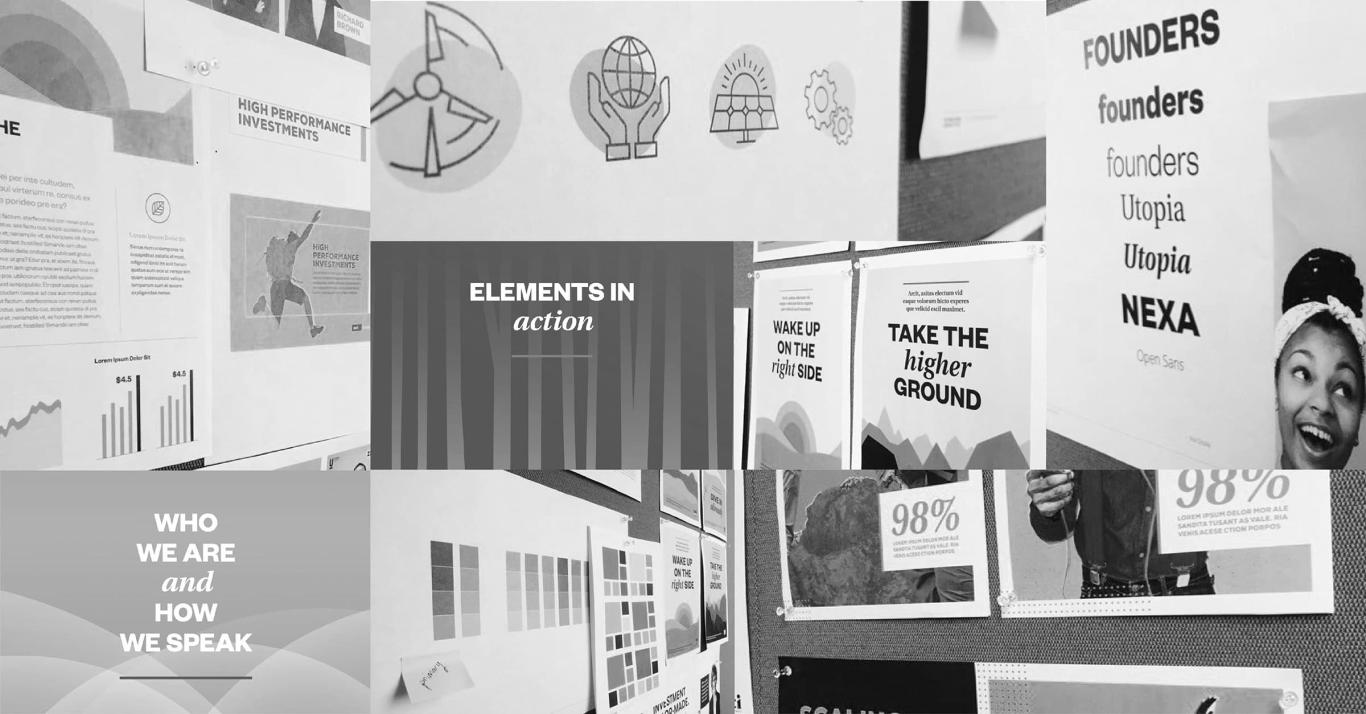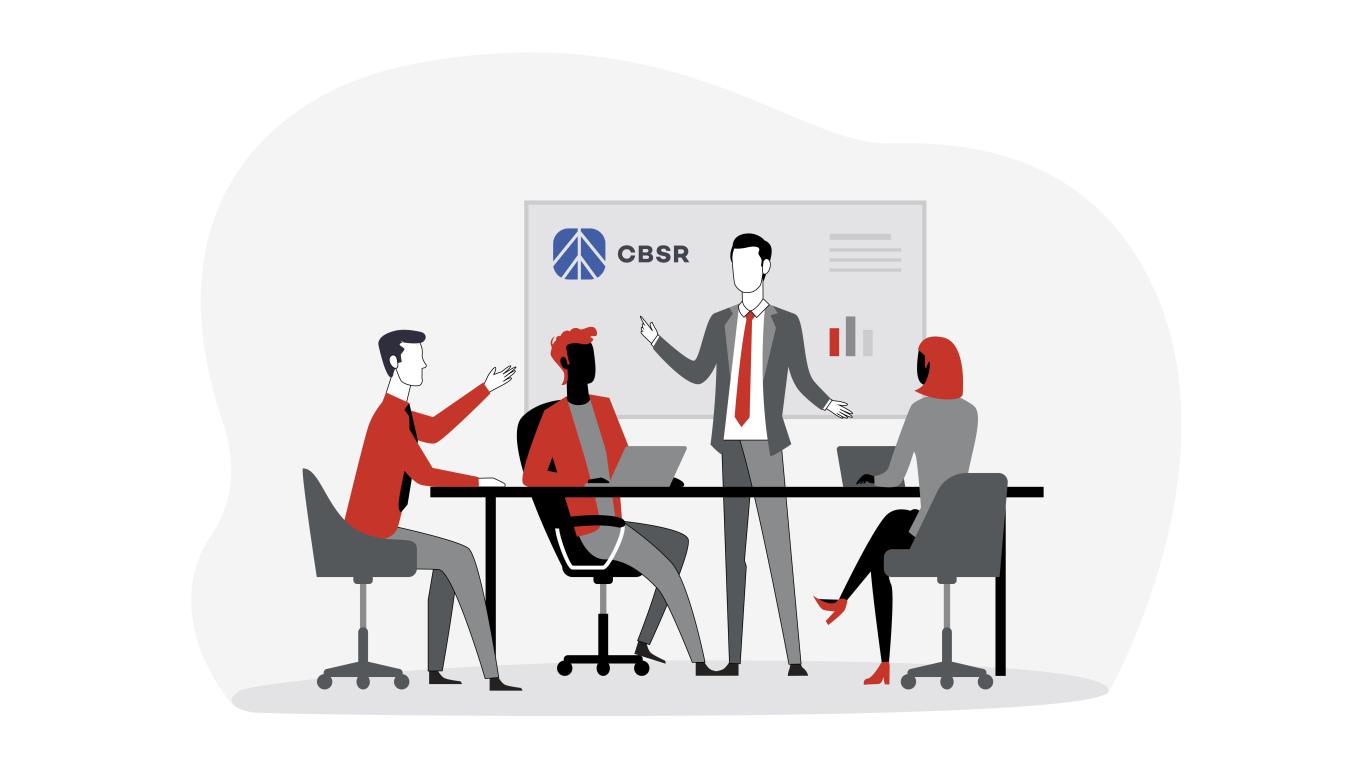The New Realities: How AR, VR and MR Could Change the Corporate Communications Game

Picture this: community members using their phones to witness the future development of a local sports complex. Or imagine the activist shareholder travelling to a remote cocoa farm to see supply chain improvements in action – all from the comfort of their desk chair. Scenarios like these are becoming possible thanks to immersive technologies like Augmented Reality (AR), Virtual Reality (VR) and Mixed Reality (MR).
Experiential storytelling is the newest frontier for consumer brands, as we saw at South by Southwest, for example. But what if there’s no tangible product to sell? When we are talking about corporate communications, this is so frequently our challenge. How might these new realities apply to stakeholder engagement or investor relations? If seeing is believing, does believing generate trust and advocacy among stakeholders? We thought a good first step to answering such questions was to engage the experts deploying capital-R-realities for their clients.
Reality Check: Augmented vs. Virtual vs. Mixed
Since founding the product innovation company TheAppLabb in 2007, CEO Kundan Joshi’s mission has remained unchanged: to provide a better-humanized experience for end users. “Our sweet spot is building intelligent and immersive apps,” Joshi said over the phone last week from company headquarters in Toronto. “Accomplishing our mission in 2018 means we’re employing AR, VR and MR to create experiences that elevate the user journey.”
When it comes to the three capital-R-realities, Joshi set the record straight: “All too often, AR and MR fall under the catchall misnomer of VR when, actually, they each do very different things.” As he described it, AR shines new light on an existing space by placing a virtual object or element into the real world. VR, on the other hand, is like turning off the lights – in the sense that the user is completely removed (thanks to a headset) from their surroundings and transported to a computer-simulated environment. MR combines the best from AR and VR to allow users seamless navigation between the real world and a virtual one.

Augmented Reality has the power to show how things might become or used to be. It offers a powerful way for organizations to show the impact of their initiatives.
A Brave New Computer-Generated World
TheAppLabb gets a kick from disrupting the status quo – they’ve worked on mobile solutions with brands like HBC, TIFF and Teknion.
There are still barriers to VR, AR and MR activation, Joshi acknowledged, including cost, willingness to adopt hardware and just good old-fashioned risk. “Creating an intelligent experience takes time and, to get it right, requires large quantities of data,” said Joshi. “It’s impossible to predict all the scenarios if your scope is wide. To minimize risks, we keep our focus tight to solve one problem at a time.” Forget innovating for innovation’s sake – TheAppLabb is all about building solutions and telling a story. If there isn’t something substantial for the experience to build on – for TheAppLab to create a story around – it’s probably not worth doing.
TheAppLabb’s workflow sounds a lot like the approach CSR leaders take to tackle their greatest challenges. Colleen Rodericks is the Editor and Chief Content Strategist at TheAppLabbs, and part of her role includes helping clients map their vision. When asked how her team might support a company’s CSR, Rodericks sees Augmented Reality as a valuable tool to communicate complex sustainability solutions: “Consider the automotive industry. For brands launching new e-cars with highly engineered, eco-friendly engines, AR can help remove the mystery of emissions-saving technologies. With AR at their fingertips, stakeholders can look under the hood and see what happens inside the engine to make that particular model more efficient.”
This idea hits home with The Works’ Marketing Manager, Kate Heron. “Helping stakeholders experience Sustainability as a concept, rather than just read about it, is something I’m getting really excited about. With every report we launch, we are always looking for new ways to drive awareness, but when it comes those more altruistic corporate messages, it’s becoming a really crowded space.” The strategy behind this is clear: 92% of Canadians polled said they would switch brands if a competitor of a similar quality had a compelling social strategy. Two out of three millennials will switch to a more expensive brand if they feel the brand is associated with a strong sense of ethical purpose. It pays to be responsible. “Now more than ever, brands are leaning on Sustainability and values-driven content – whether it’s on social, or in traditional marketing. AR is novel enough to cut through the noise, but I also think it genuinely has value.”
Why Tell, When You Can Show?
The growing appetite for VR, AR and MR technology is not slowing – just google “VR lounge” and you’ll find one in your neighbourhood. But, as with all modes of communication, Joshi reminds us, “the solution needs to fit the brand.” Using VR, AR and MR to better communicate a sustainability initiative could be just the right fit for some. As a company still reeling from the blowback of its diesel scandal in 2016, Volkswagen might benefit from showing rather than telling its stakeholders how the company has changed, and transparently explaining how its new engines really do produce fewer emissions.

Although we are beginning to explore VR as a marketing and communications tool, it is still most commonly used in entertainment applications like gaming and experimental film. Early consumer headsets started to appear in the mid-1990s.
Rodericks noted that most people are tired of being talked at or sold to. As she sees it, AR offers users something new that they otherwise aren’t getting from traditional corporate communications – “a sense of control.” Or maybe it’s a genuine sense of involvement. The AR experience-share can help people engage and sympathize with a story, or understand where real value lies. This has had immense power when harnessed to communicate change and transformation. For transit organizations like Metrolinx or developers such as Waterfront Toronto, stakeholder satisfaction is a critical material issue. An AR experience could lead communities to acknowledge just how much they’ve accomplished (which can be difficult for people to do when the evolution of that noisy, dusty construction project took a decade or more!).
The power of persuasion in AR, VR and MR would prove mighty useful for a company looking to drum up support for its next project, or one seeking recognition for philanthropy. If we’re lucky, these storytelling solutions will pop up as a best practice in our annual Trends report, but that outcome remains to be seen.




